- Entrepreneurs
- Life & Luxury
- Health & Wellness
WelleCo founder Andrea Horwood is back in business
Crypto’s collapsed. Tech’s troubled. But over in beauty, it’s booming. The Perth entrepreneur reflects on 30 years and her next bet.
In 1993, like most 20-year-olds, I only ever bought my make-up and skincare from one brand. It was almost always Clinique. On rare occasions, Lancôme. The only temptation to ever sway my loyalty: a gift-with-purchase bribe.
Gen X-ers like me never scanned ingredient lists or knew what a paraben was. Department stores and the big beauty conglomerates like Lauder and Revlon ruled. Pencil-thin brows, matte brown lipstick and CK One were a thing. Brands fudged claims. And if you had a problem with a campaign’s lack of diversity, your avenue of complaint wasn’t social media (there was none). You wrote a letter.
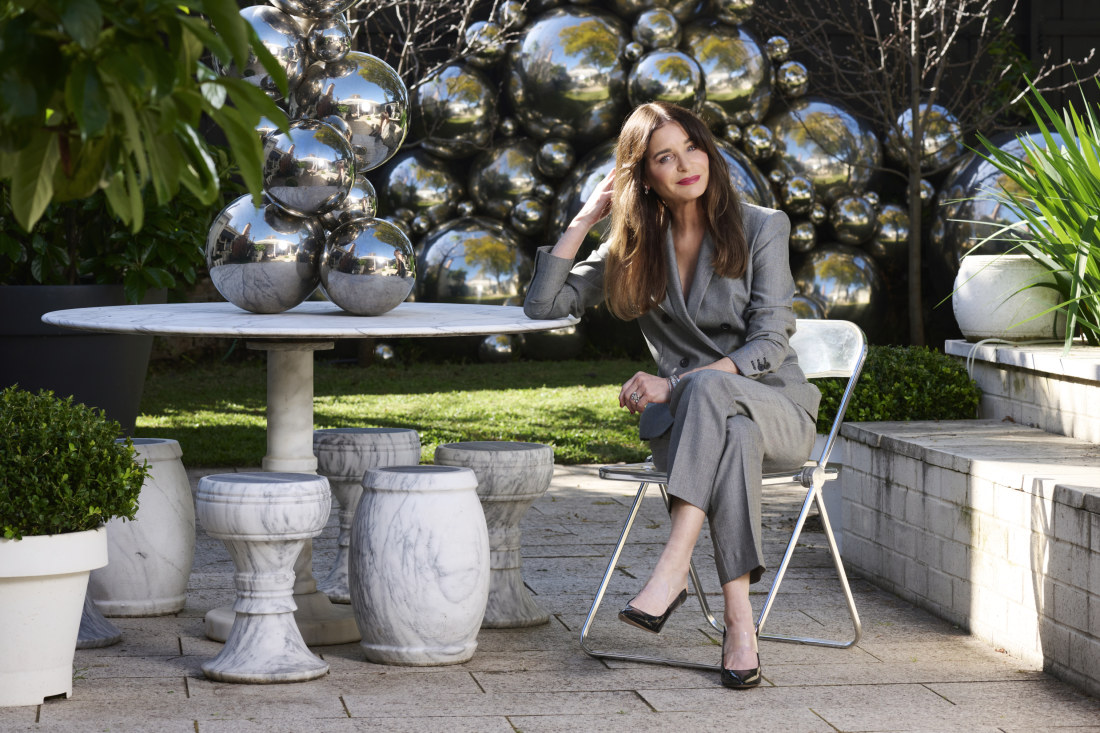
Andrea Horwood in the garden of her Perth home. The entrepreneur is back in the beauty business with a tea-tree oil range called Etto. Stef King
No one knew what a niche “independent” beauty brand was back then, including Andrea Horwood. In 1993, the 19-year-old nicknamed Mouse was busy toiling away in publishing instead, launching the Perth-based magazine Australian Style, a glossy print title that championed homegrown fashion and culture.
“I never envisaged it would one day put me in a boardroom with the Murdochs, and I’d sell a 50 per cent share [in 2007] to Lachlan,” she says. “Incredible learnings came from that. I’ve gained amazing insights from all the positions I’ve held in my professional life and made a pact to keep my ears and eyes open and make sure I miss none of it.”
However, it’s the beauty and wellness world where the serial entrepreneur holds her most impressive track records when it comes to founding and leading start-ups, scaling several impressive blockbuster heights. Most of this took place in the 2010s; an era that proved a golden age for independents.
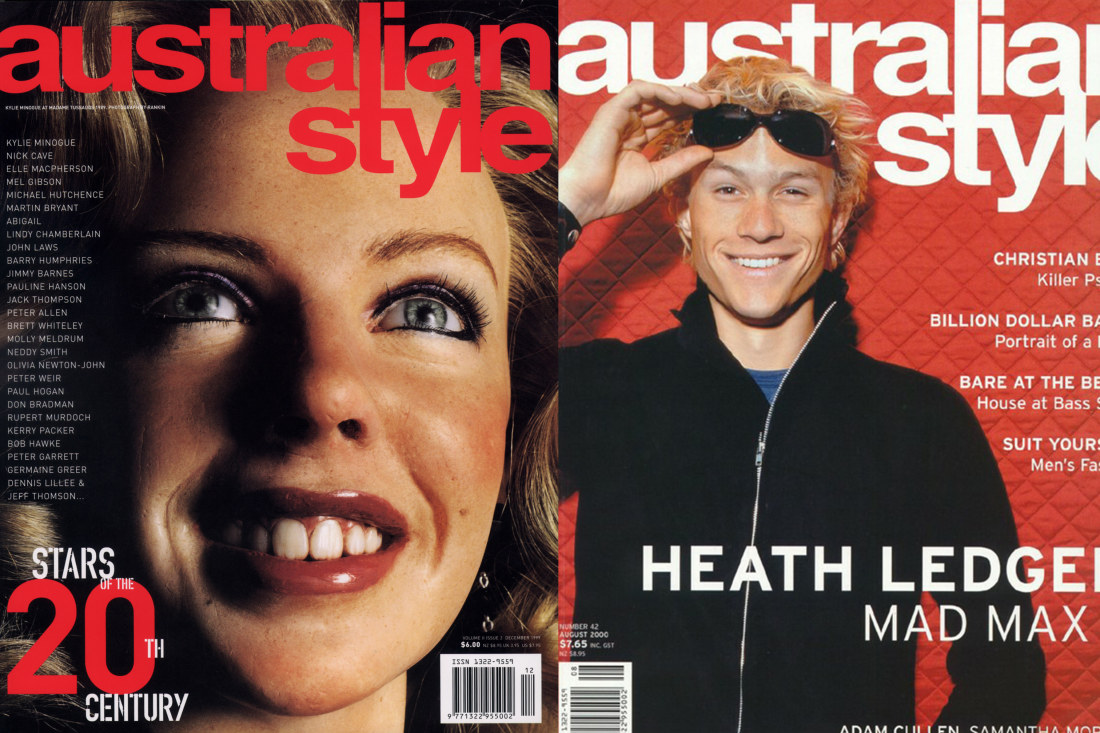
Australian Style magazine covers circa 1999 / 2000. Horwood launched the title when she was 19.
But now, after a three-year break with that world, Horwood’s back in the game.
Launched in April this year, Etto is a concise range of “clean essentials” formulated with Australian medicinal-grade tea tree and blue mallee eucalyptus oils grown on plantations in Western Australia’s Wajarri Country and eastern Australia’s Bundjalung Country using regenerative farming practices.
The packaging and contents have an upmarket, utilitarian first-aid feel – “staples” you’d store in your bathroom cabinet and repeat buy. Like a Tea Tree Clay Mask ($49), an antibacterial Pure Oil Spray ($40), a Premedicated All Over Body Foam, ($35), Forest Lungs Steam Inhalers ($38), Acne Micro-dart Patches ($17.50) and Lalique-like black-glass jars of 100 per cent Eucalyptus ($49) and Tea Tree ($58) Oils.
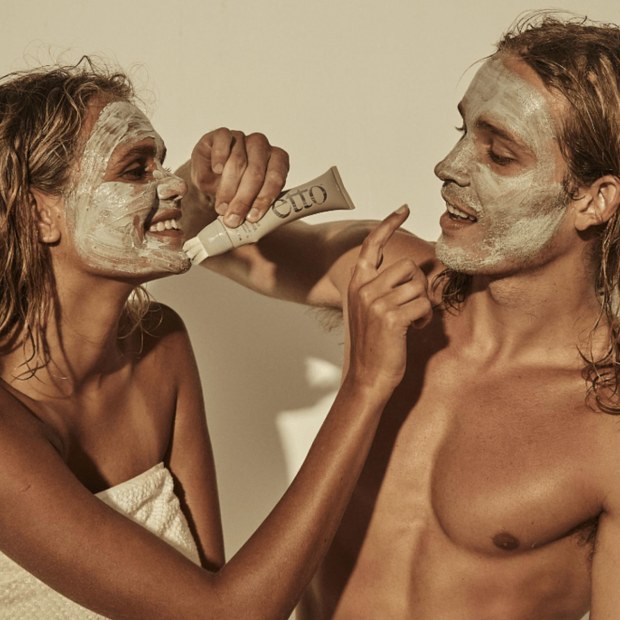
Models Billie-Jean Hamlet and Robbie Bain in the launch campaign for Etto.
“I think of this category as a first-aid/beauty hybrid,” she explains. “It straddles both worlds. These are possibly the purest therapeutic oils on the planet. They’re ingredients we’ve overlooked because they’ve been such a part of our culture and history. But no one realises what we’ve been smelling – what we’ve been buying and using in products – doesn’t come from Australia. The difference is phenomenal.”
Horwood’s team include farmers and a business partner, former Fortescue chief executive Nev Power. The brand was born from a feasibility study that was done for the growers.
“How these oils had been formulated in consumer products to date weren’t playing to their strengths” she says. “Our WA-grown blue mallee has 84 per cent cineole compared to the commonly used Eucalyptus globulus which typically only contains 60 per cent.
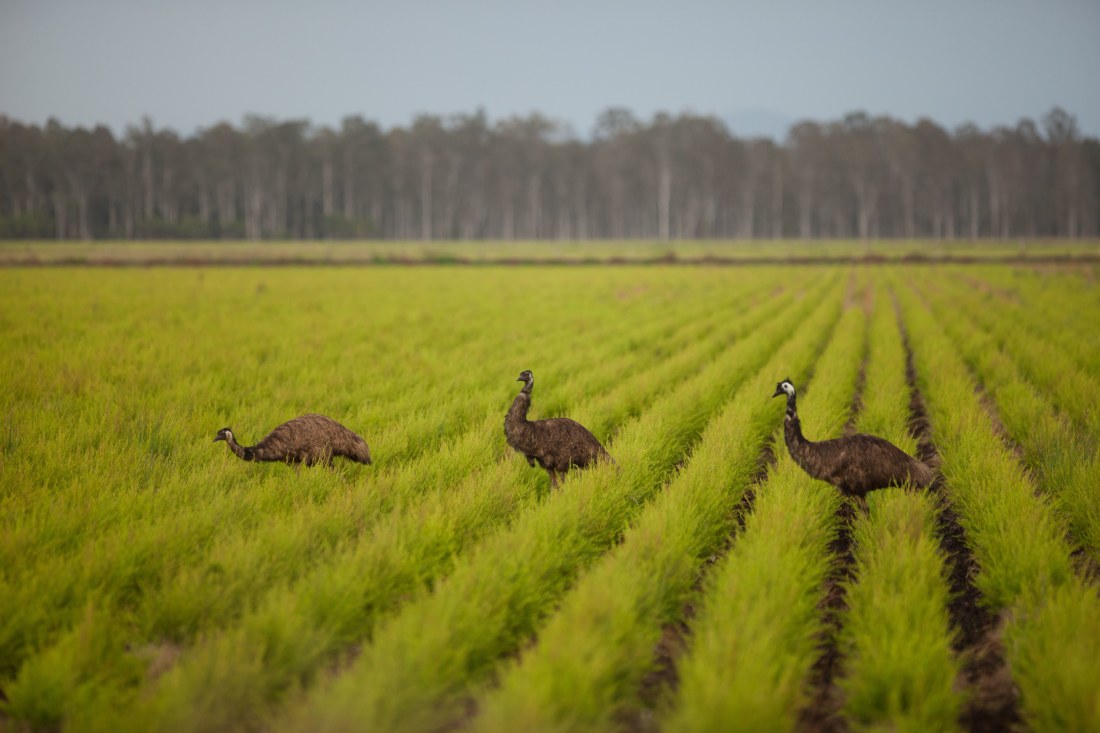
Main Camp tea tree plantation at Myrtle Creek in northern NSW.
“Educating consumers and communicating this kind of information is so important for beauty and wellness brands now. Not just because you’ve got to be out there creating content to support this. But because we’re in the midst of a consumer-led revolution. Everyone’s now demanding transparency.”
Consumers today are a radically different breed to what Horwood first encountered when she moved out of publishing and into make-up in 2003, as chief operating officer of Becca Cosmetics. Managing a capital raise and launching the brand into the UK and US markets alongside founder Rebecca Morrice Williams (who sold it in 2016 to Lauder for more than $US200 million), Horwood learnt what goes in to creating a cult product. “The care and attention Rebecca put into those formulas taught me that to create a successful beauty brand, at the end of the day, it all comes down to the product.”
Horwood left in 2005 and went on to revolutionise the sunscreen sector with her first products being a high SPF sun-care range – Invisible Zinc – which used micronised particles of zinc to block UV rays, rather than the chemical-laden filters other sunscreens were using.
“I was contacted by the research scientist in particle technology in the Engineering Department at UWA [University of Western Australia], who’d found a way to reduce zinc oxide down until it was invisible to the naked eye,” she explains.
“When they told me about the benefits of a physical UV natural zinc oxide protection, versus chemicals, that was compelling to me. I never had this master plan to change sunscreens. But I learnt that to communicate this message, we needed to enlist celebrity faces to get the message out there quickly. That’s what you needed to do back in that era. We were a small independent brand going up against conglomerates like Johnson & Johnson in supermarkets.”
Hence, a series of celebrities were signed to front it including Jerry Hall, Georgia Jagger, Megan Gale and Elle Macpherson. Eight thousand pharmacy stockists, supermarkets and department stores later, Invisible Zinc sold to Valeant Pharmaceuticals in 2011 for a five time multiple of revenue (the transaction amount is contractually undisclosed).
In 2013, the wellness boom kicked off (a report by the Global Wellness Institute said the market grew 10.6 per cent to $US3.72 trillion from then to 2015) with everyone obsessing over kale, barre classes, Sarah Wilson’s I Quit Sugar program, vegan diets, and gut health.
That year, Horwood co-founded ingestible beauty company WelleCo with business partner Elle Macpherson, formulating Super Elixir, the Rolls-Royce of daily greens powders of which a 300 gram caddy would cost you $145.
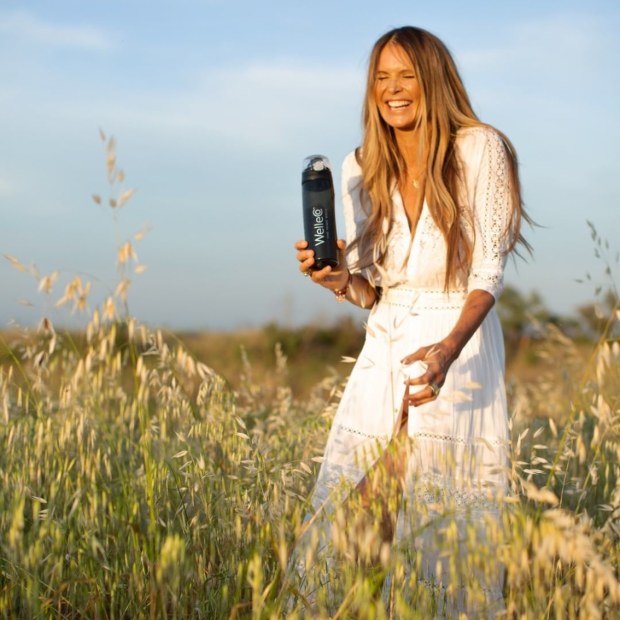
Elle Macpherson in a WelleCo campaign. Instagram
The brand generated about 80 per cent of its sales through online channels, so Horwood wrapped her head around ecommerce, studying online tutorials and user-generated content. WelleCo still offered physical merchandising and in-store advice.
“This was when beauty consumers began to demand transparency,” she says. “We’d spend so much time answering people’s questions around the origin of one our sweeteners and how it was extracted. Customers are well-informed now. They want a high level of detail.”
Horwood departed as chief executive of WelleCo in 2019 after a share dispute that has since been resolved, but witnessing this demand for radical transparency – as well as sustainability – stayed with her.
“One thing I [still] feel strongly about, is that I won’t bring a consumer product to market unless it’s absolutely necessary,” she insists.
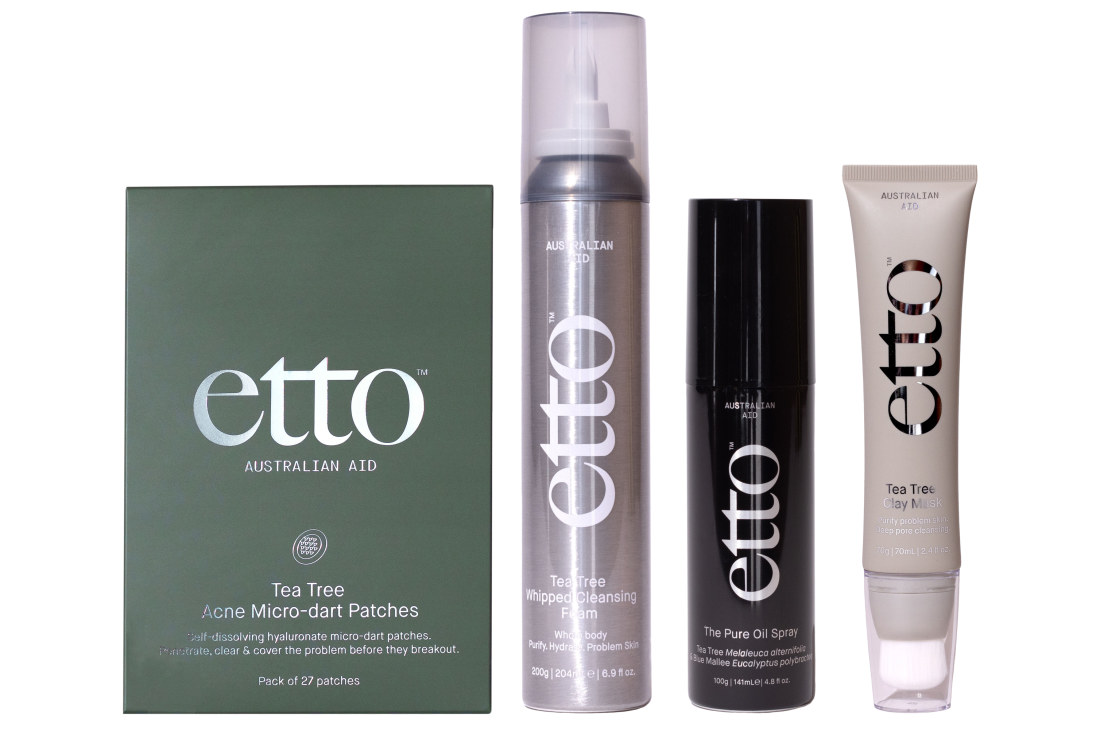
Horwood admits the beauty market is saturated, but she’s convinced Etto has a valid place in it.
“The world doesn’t need another serum. There must be a compelling argument to bring another packaged consumer good into the world. Is it good for people? Is there a tangible benefit? Is there an important reason for being, and does it already exist? Or does it need to exist?
“The market is saturated. Everyone’s now an influencer – a content creator – and when you combine that with contract manufacturing, anyone can bring a product to market,” she says. “We’re living in an age of consumerism. There’s so much noise out there right now. And when there’s a lot of noise, consumers become brutal in their edit of what they’re looking for and what they’ll support.”
“With Etto, we’re building a solid brand, something we want to be the next Vegemite,” Horwood surmises of this churn-and-burn mentality versus the long-game plan they’re playing. “It’s funny. When a beauty brand does well, all the difficulties are forgotten, and often you’re perceived as this overnight success. But sometimes it just gets down to grit and determination to make something work.”
Read next in Life & Leisure
So what does a $215,000 whisky taste like? Balvenie has released about 70 bottles of a 60-year-old whisky. The experience of tasting a $7000 dram takes our neophyte London correspondent by surprise.
Introducing your Newsfeed
Follow the topics, people and companies that matter to you.
Find out moreRead More
Latest In Health & wellness
Fetching latest articles